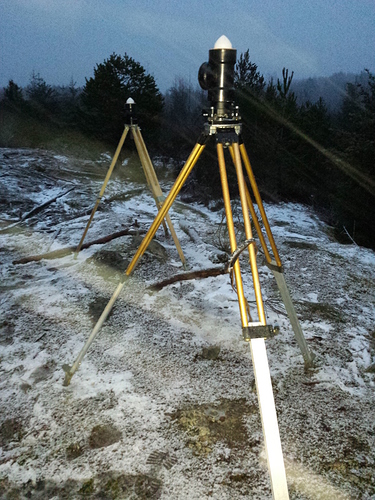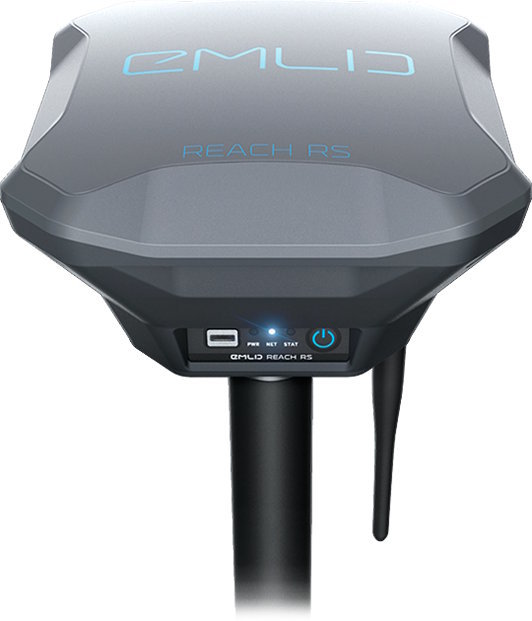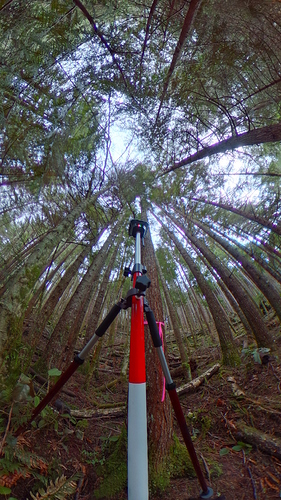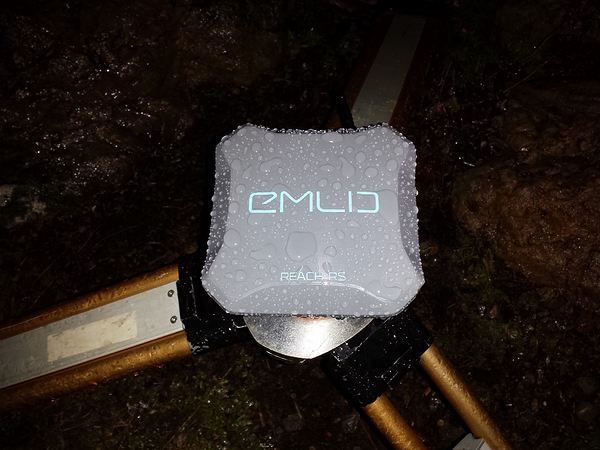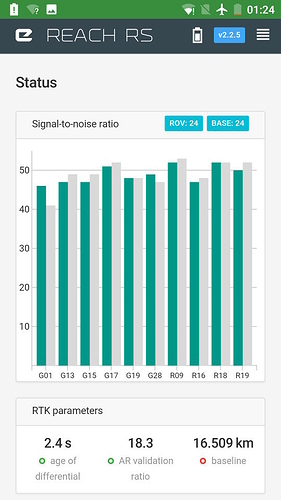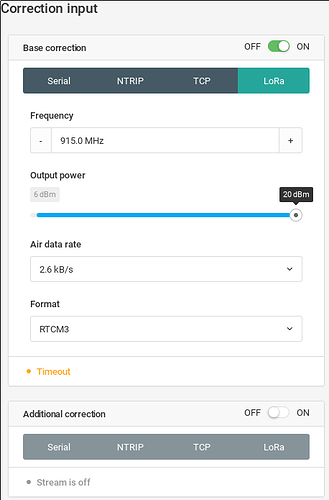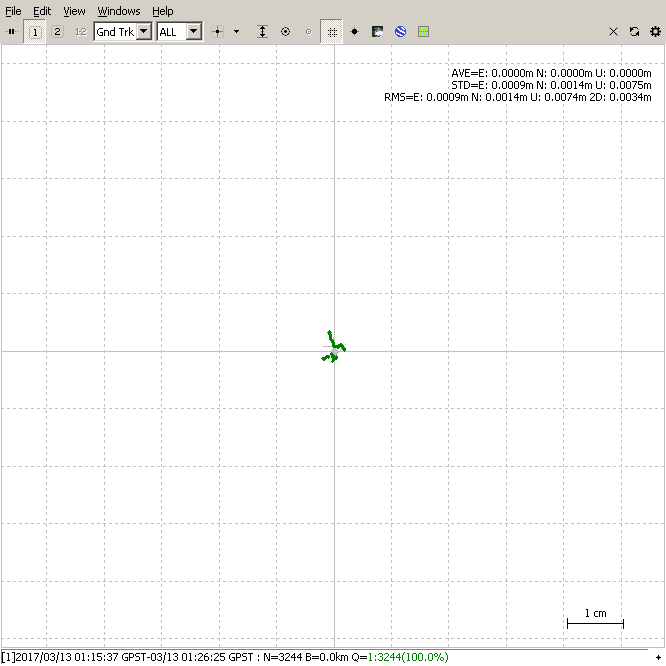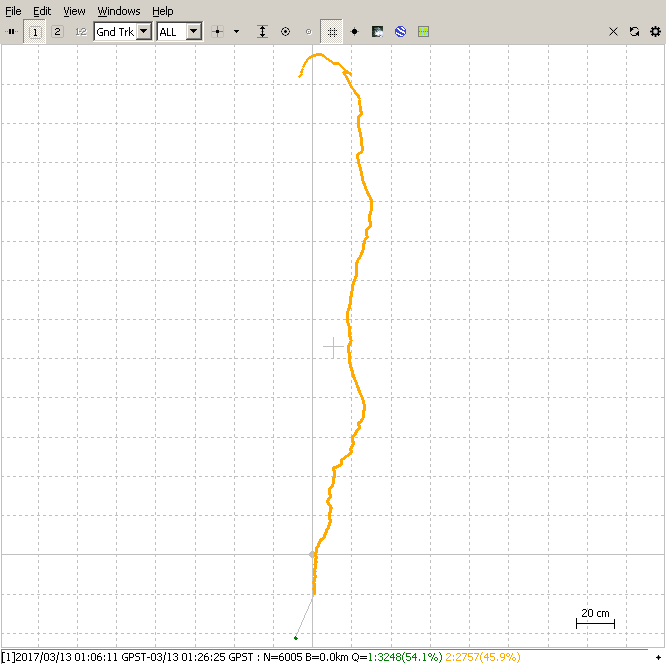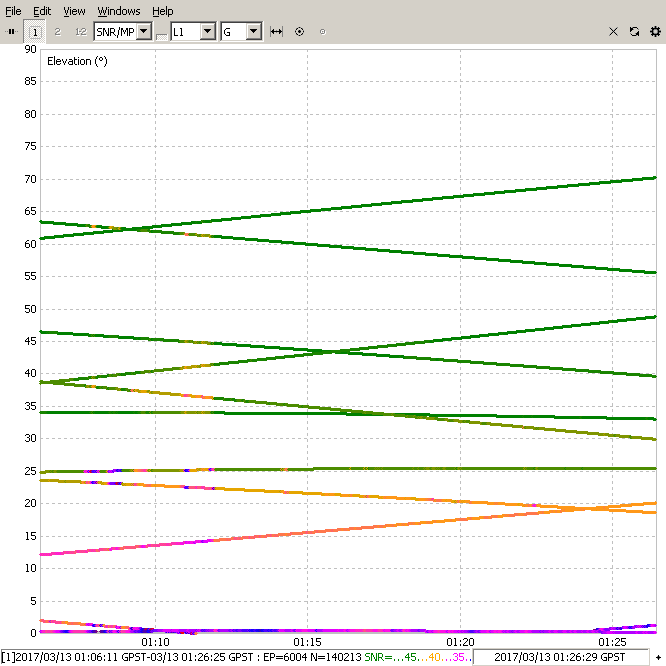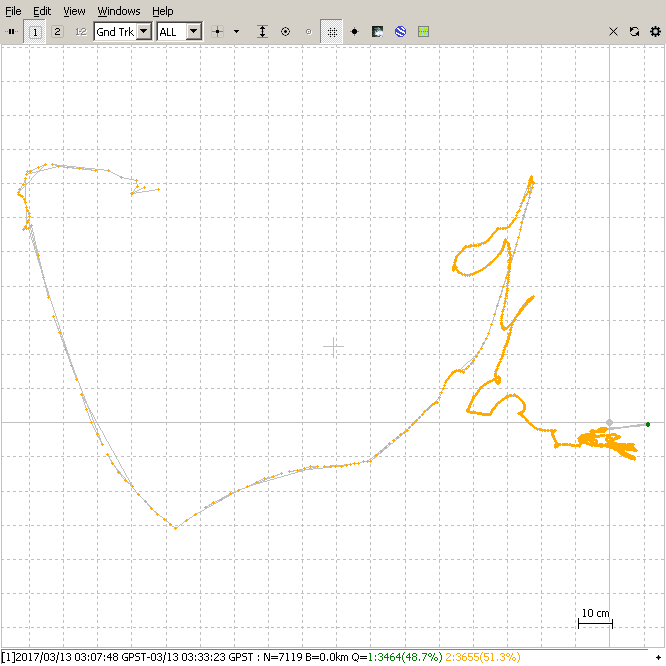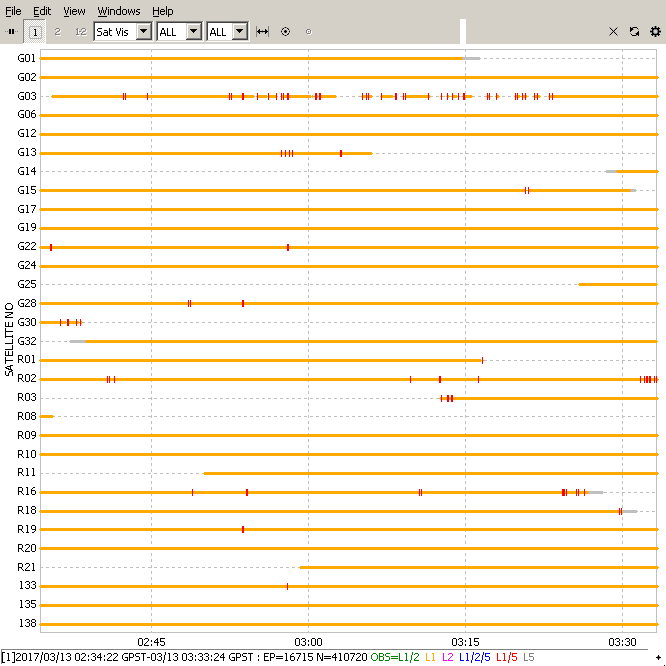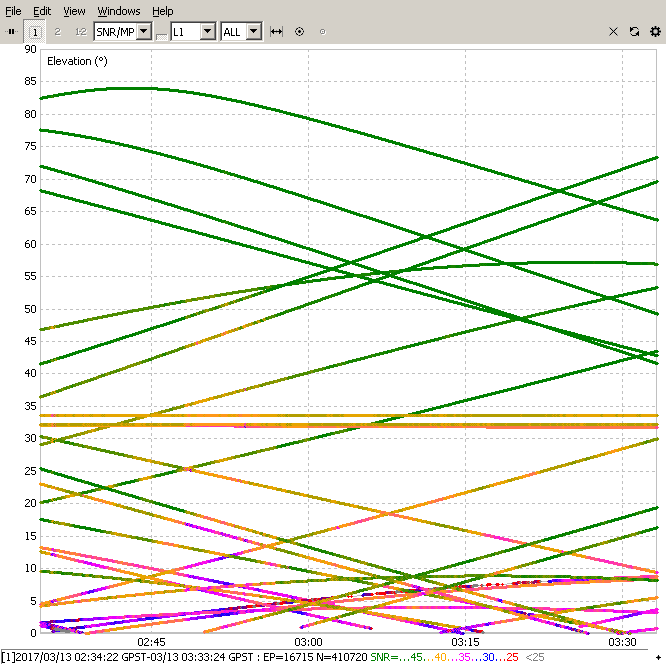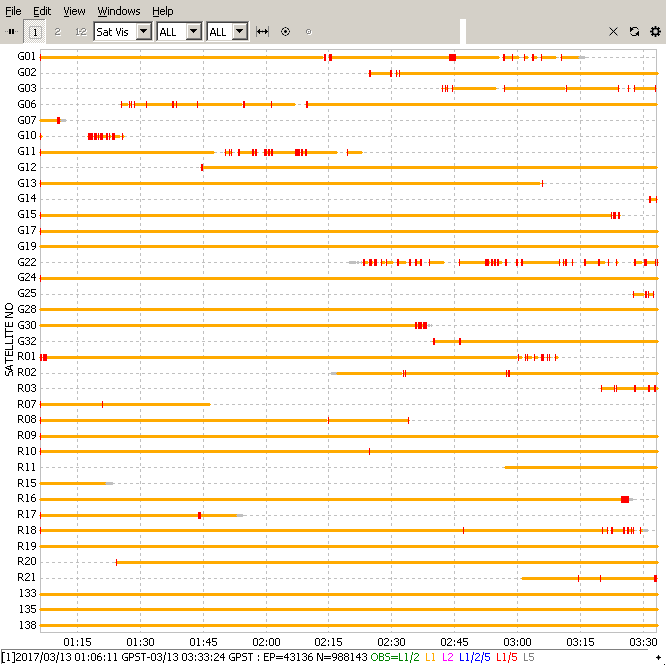for the TL;DR crowd - head to the bottom of this first post
Hello everyone,
and thank you for coming to this meeting. I do appreciate your support.
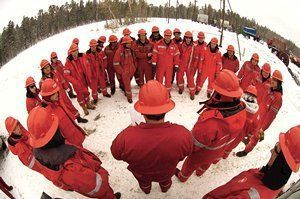
As you know, I am a recovering Reach addict. It has been 3 days since my last RTK. And recently I have found myself addicted to the stronger, more powerful, and attractive Reach RS.
I don’t know what it is about the RS, but I just can’t put it down and walk away.

Now, if the group doesn’t mind, I’d like to tell my story:
I am a land owner (or maybe better stated as a mortgage-payer). After taking on the debt-load for this land, I was eager to find out exactly what I was getting for my blood, sweat and tears. So, for the first while, I was happy tromping around the land with a hand-held Garmin GPS looking for iron pins in a 2.5m to 9m search area at each of the property corners. There are many corners, because of the complicated nature of it all.

The first problem with that system arose when I realized that some corners did not have iron pins at all. They were surveyed in the 19th century (130+ years ago) by adventurous individuals. Cedar posts were in common usage as markers, and possibly a cairn of rocks, or three pits and a mound.
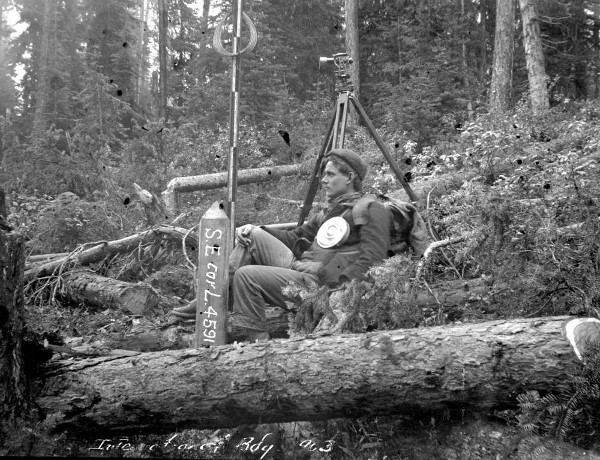
My neighbours and I are in a mostly undeveloped area, and we have a common interest in the whereabouts of these old boundary lines. So, with their help, and with some professional advice, I have set out on a project to learn the techniques of the land surveyor and to retrace our historical boundary lines and compile evidence which may assist in reestablishing the many lost corners. Corners which were lost due to erosion, weather, humans and animals, but mostly logging operations and the decay associated with the passage of time.

This brings us to early 2016, when I realized that I needed to accurately measure points in an area of several km, up to a max of 26km. It was then that I started searching the globe for an affordable GPS; something of “survey-grade” accuracy, but I had to find something more affordable than the $10K to $100K USD price tags that my search terms were producing.
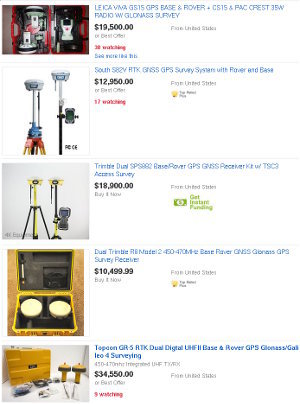
Emlid appeared on the radar as the top choice with the (then) newly released Reach GNSS RTK kit. The low-cost DIY style exactly fit with my needs at the time.
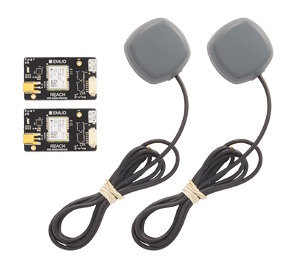
As with all things DIY, you need to apply a little creativity to make these kits work reliably outdoors and in the weather. I started with a plastic storage container for weather resistance and a piece of leftover sheet metal for a ground plane.
Then I moved on to an upgraded antenna and a weatherproof container of plumbing fittings with proper fitment to a 5/8" thread survey tripod and precision cut circular ground plane.
Fast forward to 2017 and the release of the Reach RS where DIY is a thing of the past.
Now, along with the features of the original Reach module, Emlid has added:
- internal LiFePo battery
- upgraded antenna
- reliable LoRa radio
- strong, waterproof polycarbonate housing
- mounting options for both tripod styles:
- survey tripod 5/8" thread
- lightweight camera tripod 1/4" thread
- not to mention the new user-friendly ReachView 2 software which has been rapidly gaining new features
Myself and a few others have had an early opportunity to test out the Reach RS. For full disclosure, these were gifts from Emlid and they came with no strings attached. We were asked to use and enjoy them and told that Emlid was interested to hear any feedback we cared to provide.
It is a fact that I(we) have provided feedback and it is also a fact that some (very minor) hardware changes have been made to the production models based on my(our) feedback. Software too, but the whole of the community is using the same ReachView 2 and all of us have already been actively providing feedback for it.
To date, not a lot has been shared with the community yet about actual usage of the RS, and we’ve sort of gravitated to keeping to ourselves about it, but it’s about time to let everyone in on our experiences with RS. For one, it is very satisfying to know how eager Emlid has been to make improvements wherever possible. I can honestly say to myself that I would not hesitate to order the same Reach RS pre-production model that I have today, and therefore I can also say to you that I would certainly not hesitate to order the production model.
So, if you have been thinking about purchasing L1 GNSS units but have been sitting on the fence about the Reach RS , then now is the right time to pull the trigger and get them on the way.
If I didn’t make it painfully obvious already, that was my totally unsolicited sales pitch for the RS to help free you from any indecision you might have. Come! Join us!
I pulled a 27 hour log off this RS unit on Monday after it sat outside in freezing temps, snow, sleet and small hail.
Stay tuned for more detailed info on the RS user experience…




